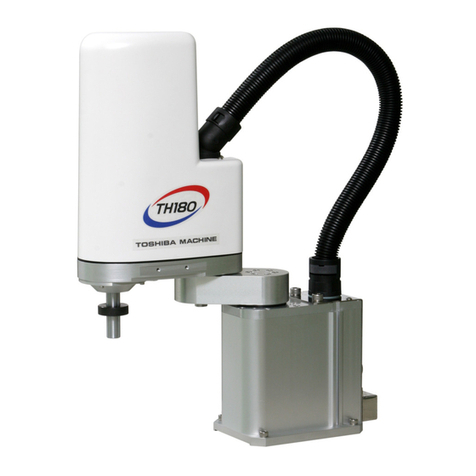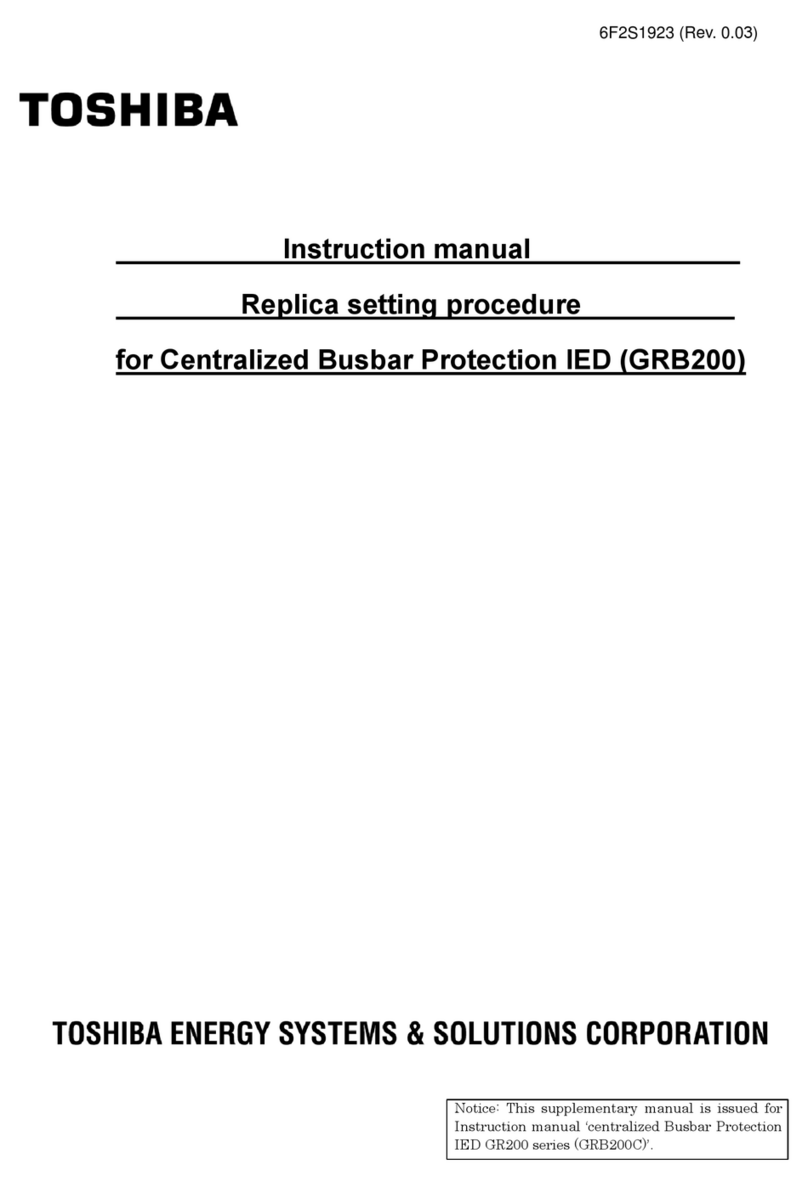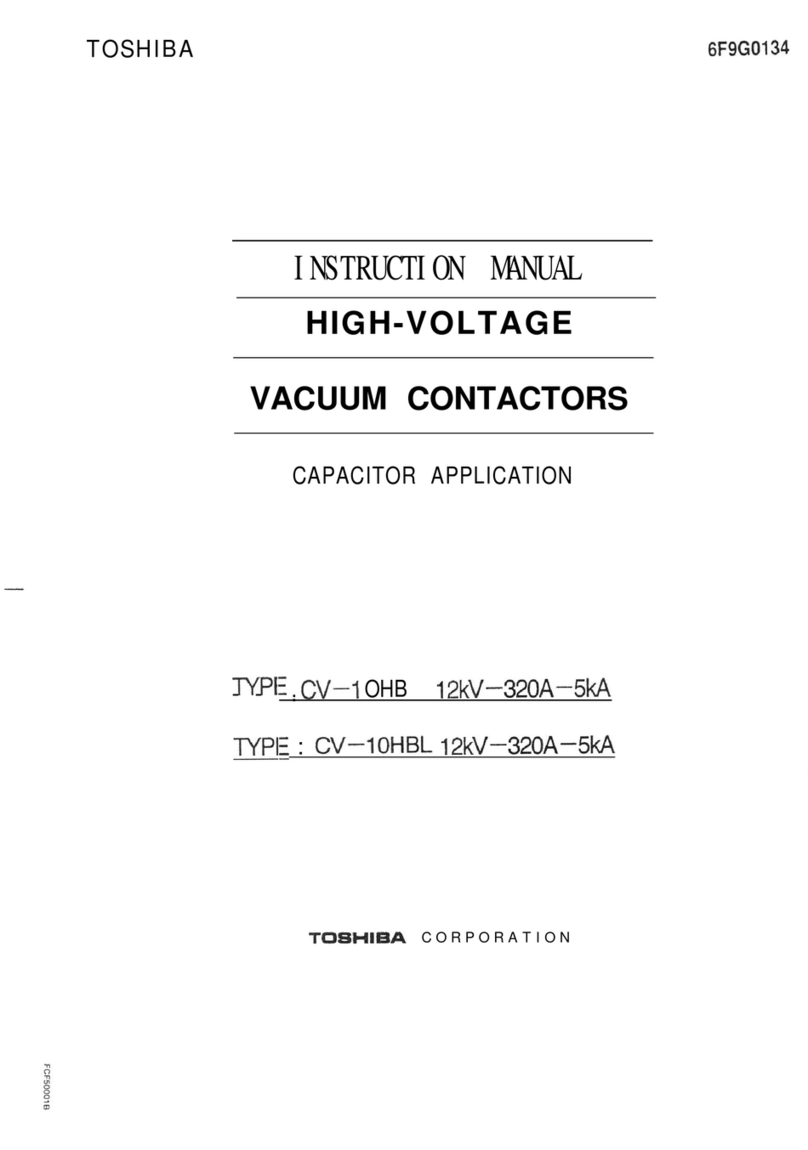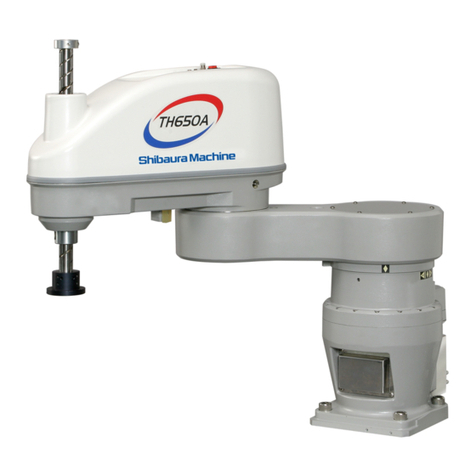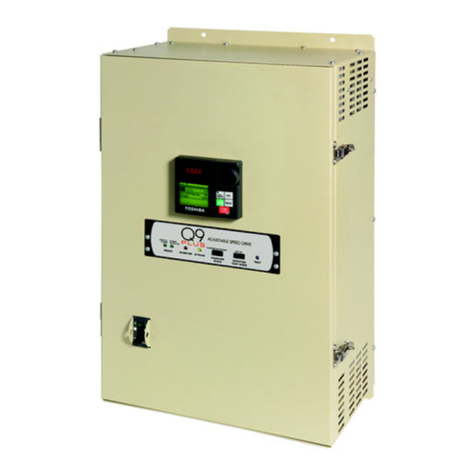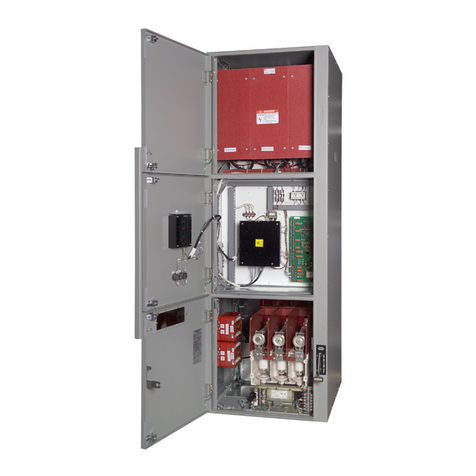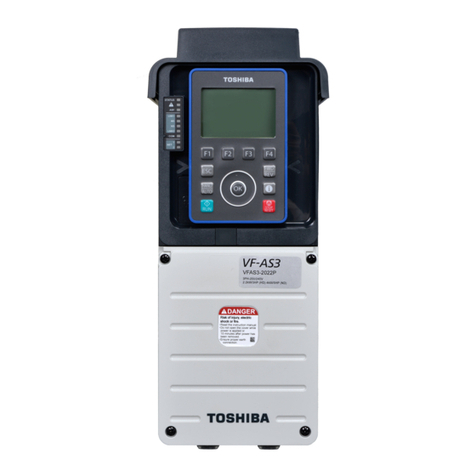
ii WX9 ASD Installation and Operation Manual
Installation and Connections .............................................................................................................. 14
Installation Notes ............................................................................................................................ 14
Mounting the ASD ..........................................................................................................................16
Connecting the ASD .......................................................................................................................17
Power Connections ......................................................................................................................17
System Grounding........................................................................................................................19
Lead Length Specifications..........................................................................................................19
I/O and Control ............................................................................................................................... 20
Terminal Descriptions..................................................................................................................22
WX9 ASD Control .........................................................................................................................25
CNU1/1A and CNU2/2A Pinout..................................................................................................26
CN3 Pinout...................................................................................................................................26
CN7 Pinout...................................................................................................................................27
I/O Circuit Configurations ...........................................................................................................28
Startup and Test ...........................................................................................................................29
Save User Settings .......................................................................................................................29
Typical Connection Diagram ..........................................................................................................30
Electronic Operator Interface ............................................................................................................ 31
EOI Operation .................................................................................................................................31
Battery Backup ...............................................................................................................................31
EOI Features ...................................................................................................................................32
LED/LCD Screens .......................................................................................................................33
Using the LCD Screen .................................................................................................................34
EOI Remote Mounting ...................................................................................................................35
Remote Mounting Hardware........................................................................................................35
Remote Mounting Installation Precautions..................................................................................35
Remote Mounting Using the Mounting Kit .................................................................................35
Remote Mounting without the Mounting Kit ..............................................................................37
System Operation .................................................................................................................................38
Startup Wizard ................................................................................................................................ 38
Operation (Local) ............................................................................................................................38
Default Setting Changes .................................................................................................................39
Changing Default Settings ...........................................................................................................39
Viewing Changed Parameters......................................................................................................39
Command Mode and Frequency Mode Control ............................................................................... 40
Command Control (F003) ..............................................................................................................40
Command Control Selections ......................................................................................................40
Frequency Control (F004) .............................................................................................................. 41
Frequency Control Selections ...................................................................................................... 41
Control Method Priority .................................................................................................................42
Override Operation ......................................................................................................................... 42
